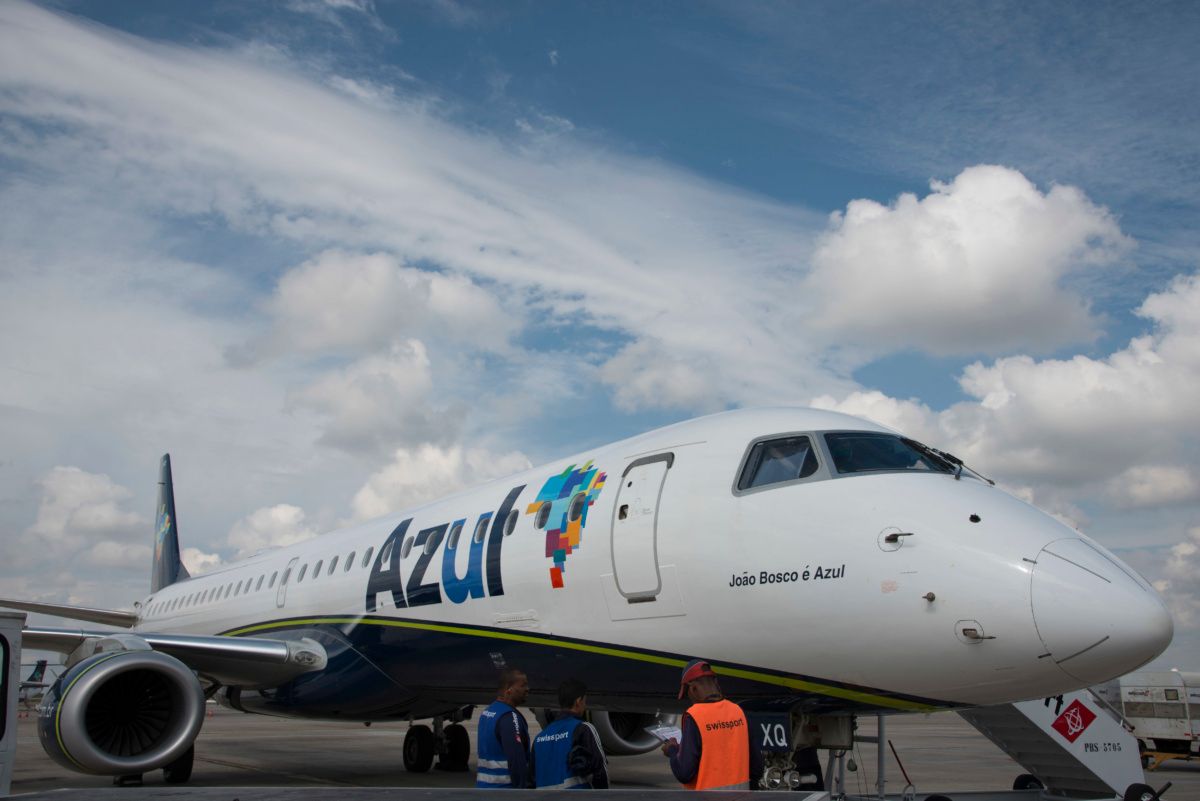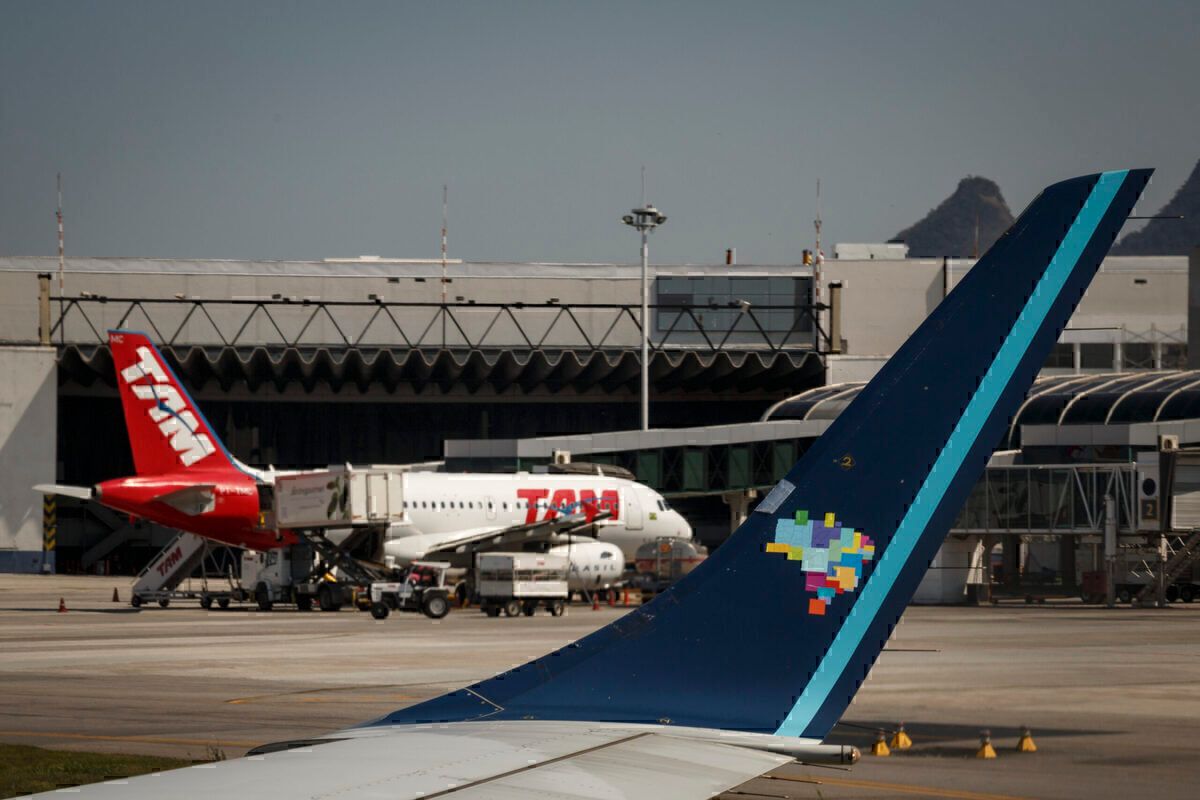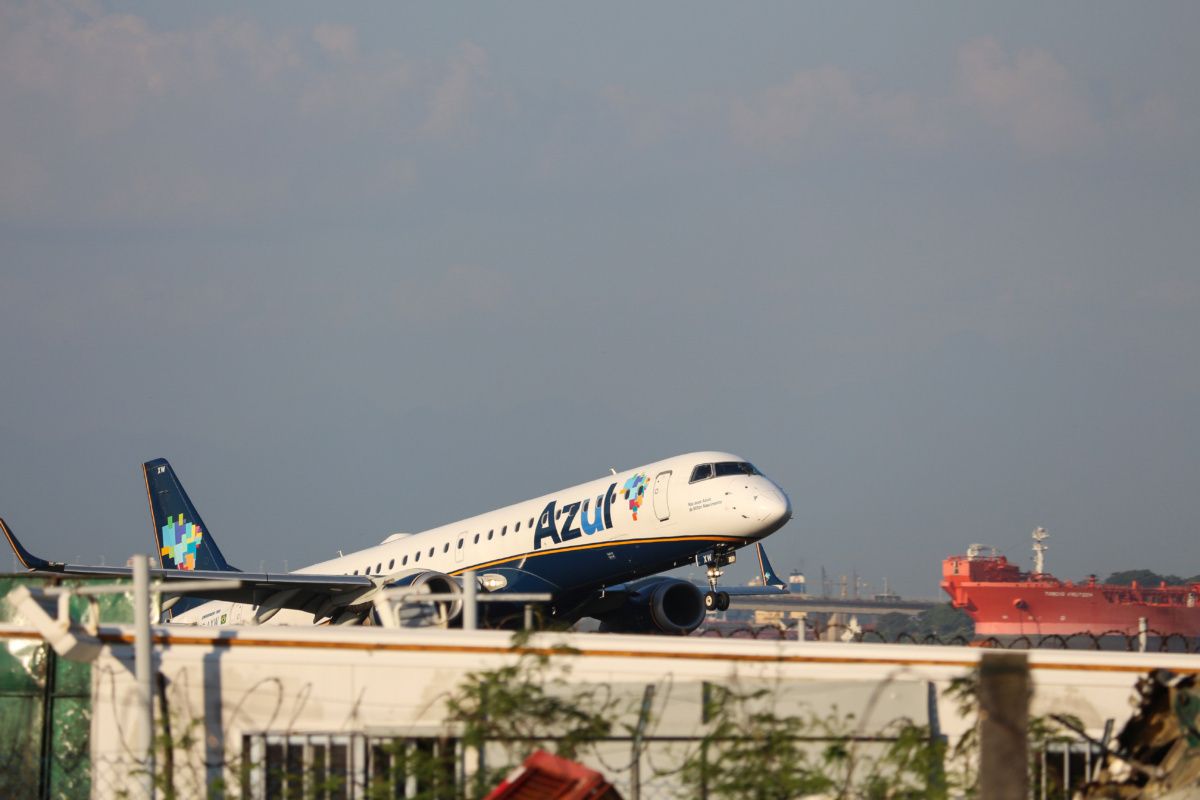During the fourth quarter of 2020, Azul Linhas Aereas concluded a public offering in Brazil, which allowed it to increase its cash reserve to $4 billion reais (US$737 million). This amount is more than enough to survive five years, said the company during the third quarter conference call. Let’s investigate further.
What did the airline say?
John Rodgerson, Azul’s CEO, said,
“We further strengthened our liquidity earlier this month, with the successful issuance of more than 1.7 billion reais of convertible debt. With the completion of this offering, we now have 4 billion in cash, sufficient for more than five years at current cash burn levels.”
Like every airline globally, Azul is readapting its business model to the current crisis due to the COVID-19 pandemic. But, for Azul, the results have been better than expected.
“Over the previous six months, Azul was the only airline in the Americas to maintain liquidity without raising cash,” said David Neeleman, Azul’s founder, and chairman.
So, exactly how’s Azul going to use the convertible debt it acquired? According to the airline, the net proceeds of the offering will be used in strategic opportunities. For example, Azul will use it for working capital purposes and the expansion of its logistic business, Azul Cargo Express.
Stay informed: Sign up for our daily aviation news digest.
A look at Azul’s third-quarter results
There are only a few carriers worldwide that have had net gains in 2020. COVID-19 has struck airlines everywhere, leaving them ailing for help. During the third quarter of 2020, these are a few of the highlights of Azul’s performance:
- Operating revenue of Azul was 805.3 million reais (US$149 million), a 100.5% increase compared to the previous quarter.
- Operating expenses were 1.0 billion reais (US$185 million), a 40.4% decrease, compared to 2019’s third quarter.
- Therefore, the operating loss of Azul was 247.7 million reais (US$45.8 million) in the quarter. The net loss of the airline was 1.2 billion reais (US$222 million).
- Azul has improved its cash savings. It has 8.4 billion reais (US$1.5 billion) in working capital and cash savings between March 2020 and December 2021.
- The airline ended September with a 42% capacity, compared to the same period of last year.
- Azul’s fleet at the end of the quarter was 139 aircraft. It was composed of 10 Airbus widebody, 43 Airbus narrowbody, five Embraer E2, 48 Embraer E1, and 33 ATRs.
What can we expect going forward?
Azul is very optimistic about the final quarter of 2020. Brazil is going into its high season as summer approaches. Also, the average of COVID-19 cases in the country is trending downwards, according to the airline. These two factors result in an increase in leisure bookings for the carrier.
The airline expects to end the year with a domestic capacity of more than 80% compared to last year. It will operate 113 destinations in December, compared to the 116 destinations at the beginning of the year. Thus, Azul would have recovered 97% of the network, in terms of cities served, said the carrier.
Plus, the airline expects its recovery to be faster because of its unique network. Azul’s average fare hasn’t decreased as much as GOL’s or LATAM’s, as we explained a couple of weeks ago. This has happened because Azul is the only carrier in 76% of the markets it serves. For instance, Azul’s average corporate fare has only decreased by 4% compared to last year. For the LATAM and GOL, this fare has reduced by 20%.
Additionally, the average corporate revenue previous to the pandemic was 60% of the total. By April, it fell to 5%. Now, it has recovered to 25%. It is coming back. As John Rodgerson said,
“This crisis has given us the ability to reimagine how Azul functions at every level. Our successful efforts to raise liquidity, rebuild our network, and reduce costs have allowed us to become leaner and more efficient than ever.”
What do you think of Azul’s results? Let us know in the comments.



